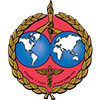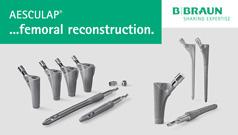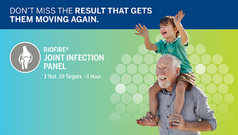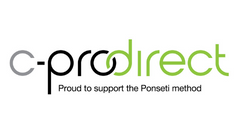Superior capsular reconstruction after failed rotator cuff repair using a fascia lata autograft is associated with inferior outcomes compared to primary superior capsular reconstruction for irreparable massive rotator cuff tears
Int Orthop. 2025 Jun 18. doi: 10.1007/s00264-025-06568-3. Online ahead of print.
ABSTRACT
PURPOSE: This study aimed to investigate the effect of failed rotator cuff repair (RCR) on surgical outcomes after superior capsular reconstruction (SCR) using a fascia lata autograft.
METHODS: We included 79 patients with irreparable massive rotator cuff tears who underwent SCR using fascia lata autografts between 2018 and 2023, with a minimum follow-up of ≥ one year. Of them, 66 patients underwent primary SCR (primary SCR group) and 13 underwent SCR after structural failure of previous RCR (revision SCR group). Clinical outcomes, including American Shoulder and Elbow Surgeons (ASES) score, Constant score, visual analogue scale (VAS) score, and range of motion, were assessed. Radiological outcomes were evaluated using radiographs and magnetic resonance imaging (MRI) scans. The minimal clinically important difference (MCID) values determined the clinical relevance of the difference in functional outcomes. Graft tears were recorded if graft discontinuity was found on MRI.
RESULTS: The revision SCR group showed worse VAS (2.1 vs. 1.1, P = 0.025), ASES (69.7 vs. 82.4, P = 0.008), Constant (57.1 vs. 64.3, P = 0.016) scores and higher graft tear rates (61.5% vs. 21.2%; P = 0.049) than the primary SCR group. The differences in VAS, ASES, and Constant scores exceeded the MCID threshold in the primary SCR group at a mean final follow-up of 2.1 ± 1.0 years. Conversely, in the revision SCR group, only the difference in Constant score exceeded the MCID threshold at a mean final follow-up of 2.2 ± 1.6 years, and patients with intact grafts showed significantly better VAS score and acromiohumeral distance (both P = 0.030) than those with torn grafts.
CONCLUSION: SCR using fascia lata autograft improved surgical outcomes for primary and revision SCRs. However, revision SCR showed worse outcomes and higher graft tear rates compared to primary SCR.
PMID:40531208 | DOI:10.1007/s00264-025-06568-3
